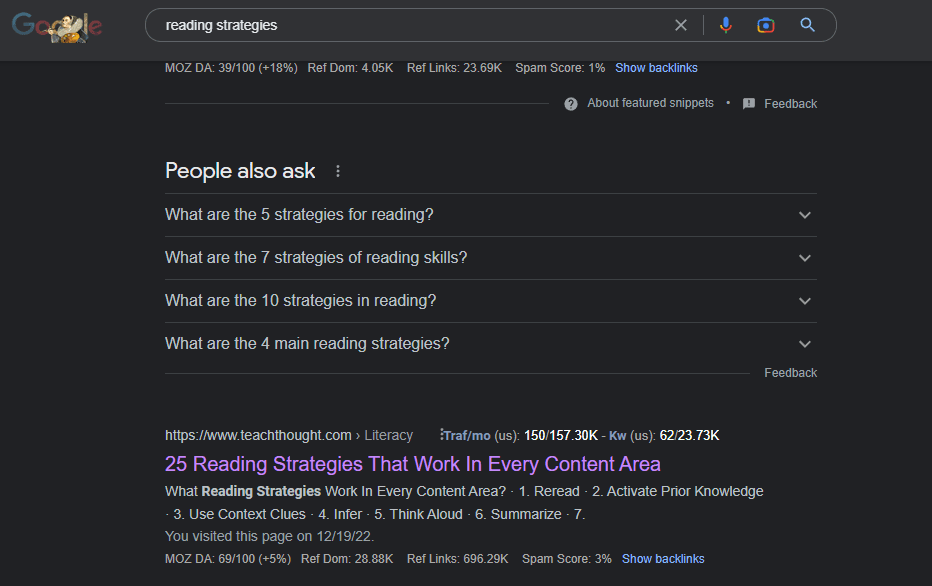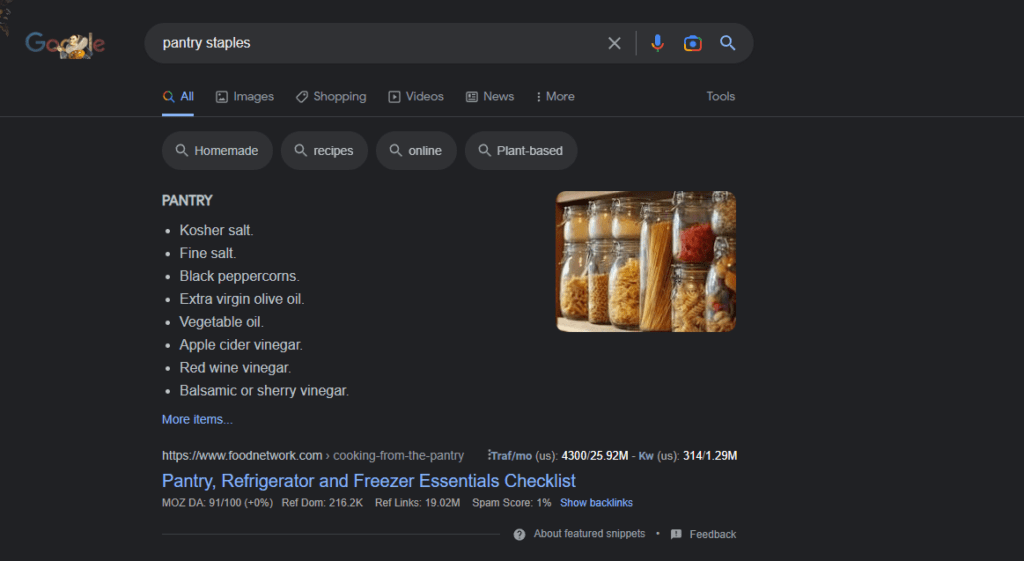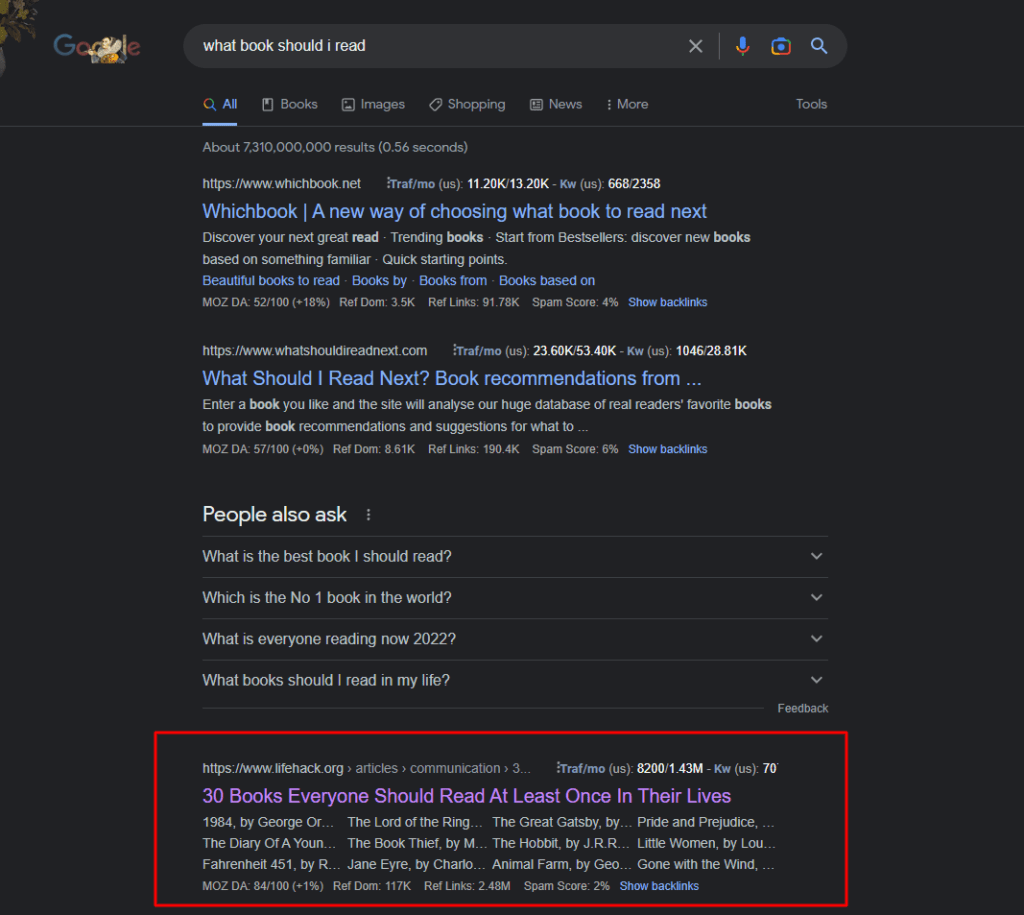What is Evergreen Content in Marketing? Ideas + Tips to Help You Get Started

Evergreen content is content that has staying power. Regardless of the time period, season, or year, it remains relevant long past its publication date, similar to how an evergreen tree retains its leaves long after its deciduous brethren. They have perpetual life, even as more timebound pieces cease to drive traffic to your site.
Writing evergreen content should form the foundation of your content strategy because of its long shelf-life, acting as a catalyst for improved organic search rankings, better social media content, and increased site value for the foreseeable future.
We’ll spend time looking at examples of what’s considered evergreen articles, as well as counter-examples of what to avoid. From there, we’ll explore the benefits of investing in these types of pieces, show examples that rise to the occasion, and offer helpful tips for creating your own evergreen content.
What Topics Make a Piece Evergreen?
What types of information do you focus on when you create content? Are you always looking for up-to-the-minute trends, or do you key in on pieces that will serve your audience regardless of when they read them?
If you chose the latter, you’re already well on your way to a solid, long-lasting content-building strategy. Check your blog and evaluate if you’re writing on topics that naturally lend themselves to evergreen content:
- Histories or backstories – “The History of Model-T Vehicles”
- Industry standards and best practices – “Web Design Best Practices”
- DIYs and tutorials – “10 DIY Skincare Masks for Oily Skin”
- FAQs – “All Your Questions About SEO Answered”
- Buyer guides – “7 Best Fishing Poles of All Time”
- Myth vs. fact – “Silicone in Shampoo: Seperating Fact From Fiction”
- Examples – “12 Examples of Animals Being Best Friends”
- Technical documentation – “A Simplified iMac User Guide”
- Testimonials – “Why I’ll Never Go Back to Generic Pop Tarts”
- Undated templates and planners – “FREE Printable Undated Planner Pages to Get Yourself Organized”
What are NOT Examples of Evergreen Topics?
As you begin to think about evergreen article ideas, here are some examples of evergreen content topics you’ll want to avoid:
- Holiday or seasonal content – “What to Pack for Summer Camp”
- News articles, statistics, and press releases – “20 Statistics That Prove SEO Matters”
- Calendars – “Free 2022 Social Media Content Creation Calendar”
- Schedules of events – “February 8th Networking Webinar Speaker Schedule”
- Yearly tip guides – “How to Create the Best Content Marketing Strategy for 2020.”
- Pop culture stories – “Who Wore What at This Year’s Met Gala”
Why is Evergreen Content Important?
With the right keywords and a solid writing team– perhaps a digital marketing agency specializing in evergreen marketing— you can turn your existing content strategy into an investment in long-term success with search rankings and your intended audience.
It Provides Value to Your Audience Long-Term
Unless your entire business changes industries, you’re likely to have the same basic audience throughout its lifetime.
It makes sense, then, that hosting a suite of continually relevant evergreen pieces will provide more value over the long term than posts that phase into obsolescence a few weeks after you’ve shared them.
A solid evergreen content strategy will more than pay for itself as it continues to be a resource for old and new visitors alike.
It Attracts Organic Search Traffic and Boosts SEO
Evergreen writing tends to lend itself well to the type of content marketing strategy that attracts Google’s attention. It’s broken into sections, contains many keyword variations, and is high-quality, all of which search engines look out for when ranking results.
In turn, businesses that take the time to create evergreen content are going to see higher rates of organic traffic over long periods of time because their search-optimized content continues to attract visitors long after the piece is written.
It Establishes Your Relevance and Expertise
If you want to be seen as an expert in your niche, you must be willing to share your repertoire of knowledge with your target audience via evergreen content marketing.
That doesn’t mean that you should focus on creating evergreen content that’s packed to the gills with jargon and industry-specific intellectualism.
In fact, you should avoid overly technical language altogether unless you’re building some kind of term glossary.
Instead, write to an audience that wants to understand your offerings enough to feel confident investing their money into it but doesn’t need to know how to do it or make it themselves.
It Feeds Into Your Social Media Marketing Strategy
Evergreen blog posts are excellent material for sharing across social media channels because feeds move fast. You can rest assured that someone who would benefit from your evergreen content missed it the first, second, or even third time around.
Secondly, people are more likely to share it with others because evergreen posts tend to be particularly valuable and engaging. Your social media followers are going to want others to benefit from the specific examples and key takeaway points that you have to share.
Through this natural dispersal method, evergreen content becomes evergreen stories across social channels.
Sprucing Up Your Evergreen Material in 4 Easy Steps
Over time, you’ll notice that audience interest wanes and that your SERP rankings fall. It’s inevitable, but it doesn’t necessarily spell the end of your evergreen posts.
Even great evergreen content needs a little TLC every once in a while, and taking the time to do so has several benefits, including reattracting Google’s attention to your website and giving you a good excuse to reshare on social media.
Step 1: Research Topical Articles for Keywords and Missed Points
Spend time looking at other content that comes up when you search for keywords relevant to your piece. What kinds of information do they cover that you’re missing? Are there any points you disagree with or feel need clarifying? Can you go more in-depth than anyone else has?
You should also use a keyword tool to see what other terms are ranking high in the search results with your target audience, then incorporate them into your existing evergreen content.
Step 2: Check All Links
Links die, and you’ll need to replace them when they do. Check that every link in your evergreen content still redirects to the correct page, then replace any broken ones.
You should also spend time looking around for other high-authority links that could add to your backlink profile or further boost the credibility of your writing.
Step 3: Swap Out Videos or Images
If you’ve created other media pieces that would benefit your existing evergreen content, now is a great time to slot them in. You may also want to recreate images or videos you’ve already shared, making them more in line with your branding or the new content that you’ve added.
Step 4: Run It Past an Editor
Last but certainly not least is ensuring your evergreen content meets the highest standards of grammar, punctuation, and word choice. No matter how informative a piece is, too many technical language mistakes raise red flags about the credibility of the writer.
3 Examples of Evergreen Content
There’s no “right” way to present evergreen information, and different industries are going to benefit more from some formats than they will from others.
Fortunately, there are more than a few ways that you can craft your long-lasting evergreen posts based on the needs of your own website and target audience.
Common evergreen formats include:
- Dictionaries, glossaries, and directories
- Case studies
- How-to guides
- Beginner’s guides
- Checklists
- Idea lists
- Curated resources or tools
- Best practices
- Topic deep dives
- Interviews
- Tips and tricks
- Tutorials
- Problem solvers and FAQs
- Success and failure stories
- Pros and cons
- Ebook and Slideshare presentation downloads
To add a bit of context to some of these formats, let’s look at real examples of evergreen content that appears on Google’s first page when searching for a particular term.
Example 1: 25 Reading Strategies That Work in Every Content Area
Keyword Searched: “reading strategies”

Lists are extremely popular for a couple of different reasons. Not only do they take away the work of researching several different topics, products, or ideas, but they also put it into a concise format that’s easy to skim.
“25 Reading Strategies That Work in Every Content Area” establishes itself as a definitive guide that teachers or homeschooling parents can repeatedly return to, regardless of the content area they’re working on with kids. It’s worth bookmarking, a sure sign that an evergreen blog post really hit the mark.
Example 2: Pantry, Refrigerator, and Freezer Essentials Checklist
Keyword Searched: “pantry staples checklist”

Cooking guides and recipes are ripe for evergreen content ideas, perhaps more so than most other industries. The culinary process is timeless, and few things truly change, which makes the “Pantry, Refrigerator, and Freezer Essentials Checklist” an exemplar amongst evergreen articles that capitalize on the type of content that a vast swath of general internet browsers is looking for.
This is the type of content that people will come back to every time they’re cleaning out their fridge, making a shopping list, or stocking their kid’s first apartment. It boasts huge value with no expiration date in sight.
Example 3: 30 Books Everyone Should Read At Least Once In Their Lives
Keyword Searched: “what book should i read”

Similarly to the kitchen essentials piece, “30 Books Everyone Should Read At Least Once In Their Lives” showcases that evergreen content revolves around information worth revisiting.
Folks who want to work their way through the list are almost certainly going to come back 30 or more times as they finish each of the recommendations, during which time they’ll click affiliate links, see recently posted content, and encounter the CTAs interspersed throughout the page.
4 Tips for Creating Great Evergreen Articles
Ready to jump into writing evergreen content for your site? Let us help:
Think “Skyscraper”
As you create evergreen content, try to keep the goal of building a skyscraper at the forefront.
You’re not trying to rank amongst the other existing information on the web; you’re trying to be better than it. You want to take all of the other pieces that are floating around and improve upon them, crafting a truly remarkable evergreen article that stands head and shoulders above the rest.
Chop Broad Topics Into More Precise Topics
Broad topics have more competition than specific ones, so capitalize on the relatively empty space by generating evergreen content ideas that revolve around a niche.
This also gives you an opportunity to create relevant content about other topics under the broader umbrella, which in turn to more internal linking and landing pages where you host all of the topical evergreen content in one place.
Vary the Format
Because of its very nature, evergreen content relies on longer formats. There’s simply too much information about every topic to draft a 300-word post and call it done, which means you’re looking at writing pieces anywhere from 2,000 to 10,000 words long.
That obviously runs the risk of seeing high bounce rates, as people tend to get overwhelmed when they’re confronted by a novella when they want a paragraph.
The key to keeping people on the page is breaking up the text with images, videos, infographics, bullet points, and numbered lists that break up the blocks of text throughout your evergreen pieces.
Track Blog Post Analytics
Make it a priority to regularly check in on your evergreen content to ensure it’s still climbing the SERPs. When you notice interest dropping off, that’s a prime time to refresh and reinvigorate the piece.